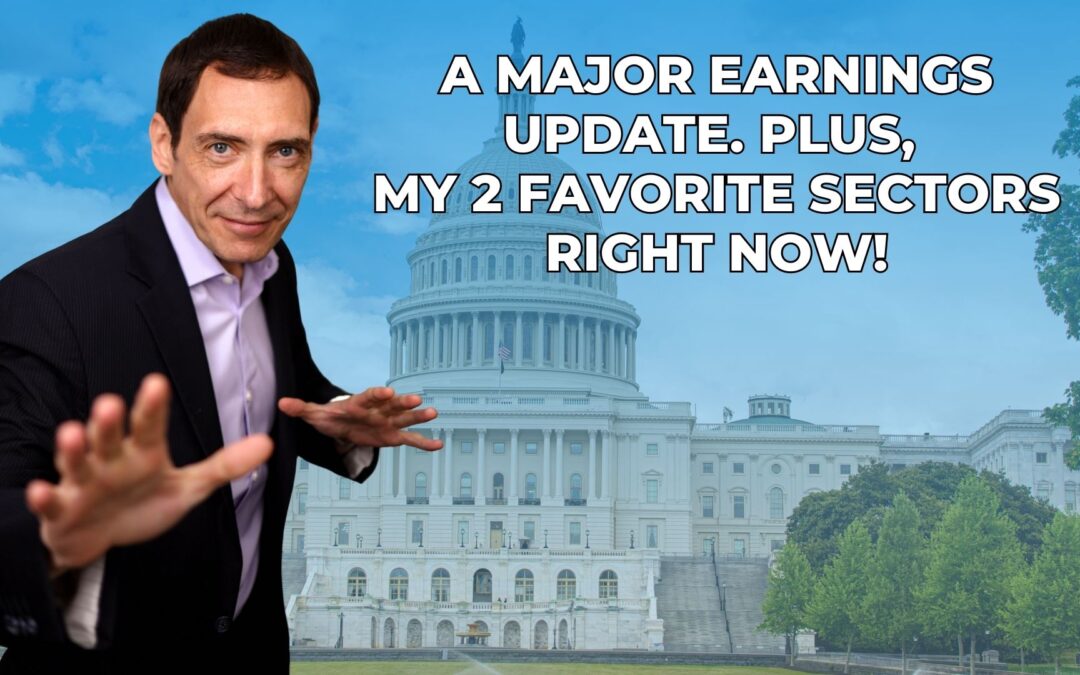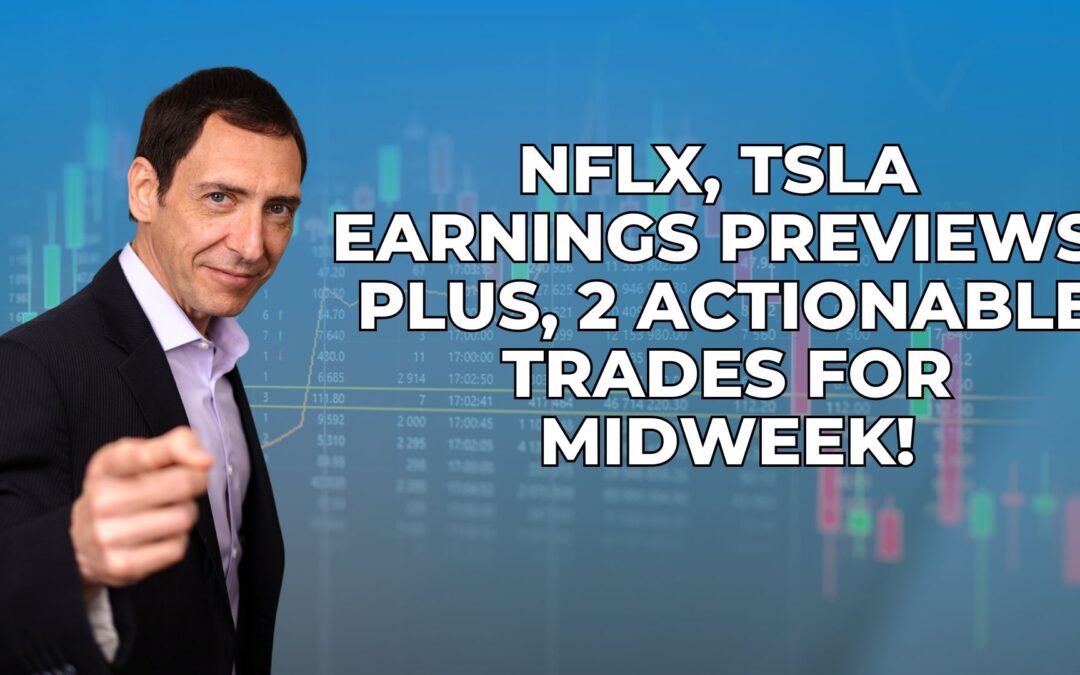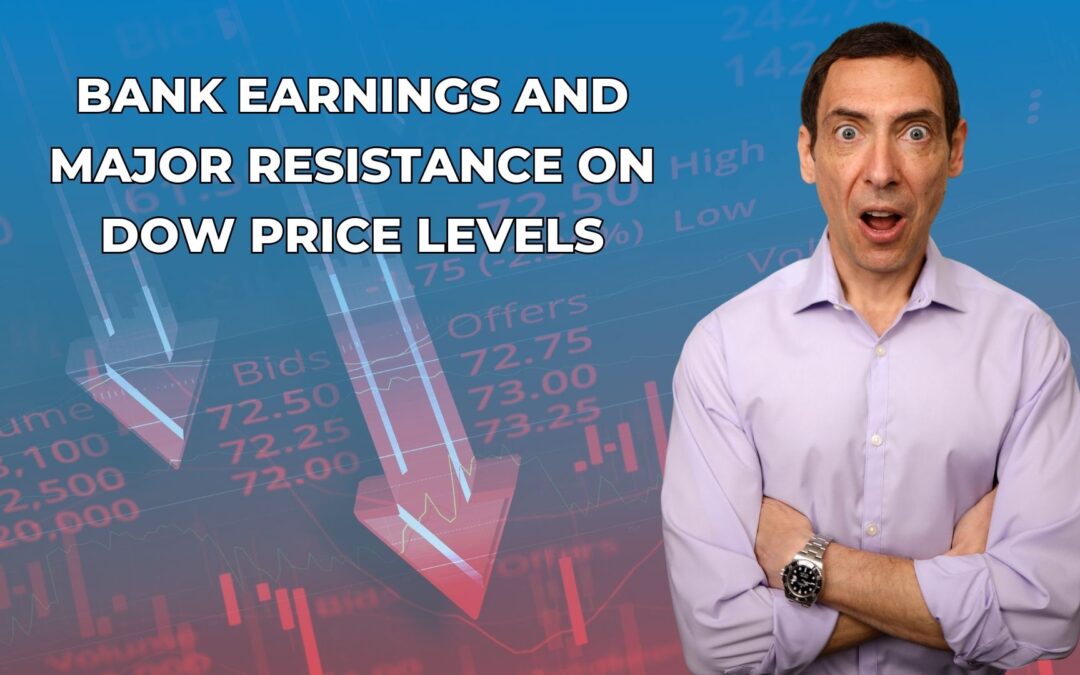If you’re in the Eastern U.S. time zone, then you’re used to the stock market being open at 9:30 in the morning and closing at 4 in the afternoon.
And maybe that’s when you do the bulk of your market research.
But if that’s the case, I’d like to give you some advice: Start doing your analysis before the opening bell.
All of my most important research is done several hours before the trading session starts in the morning. And here’s the reason…
When the U.S. market shuts down for the day and traders go to sleep, the Asian and European markets open up overnight.
What happens in those markets can have a huge impact on U.S. stocks the next day, which is why you want to pay attention to that premarket activity.
That way, you can anticipate what kind of trading environment you’re heading into and plan accordingly.
Everything I do in the morning is based around where the market is likely to head, and how I want to react to it for the rest of the trading day.
Not only does this keep me informed, but also one step ahead of my competition who didn’t study the same material.
I want to show you three forward-looking pieces of data I analyze to gauge market sentiment at the beginning of every trading session.
The first thing I look at is the S&P 500 E-mini futures contract, which is worth one-fifth the value of a standard S&P 500 futures contract.
I study the E-mini because it trades around the clock, so I can easily see what I missed in the European and Asian markets the entire night. It acts as a good barometer of the U.S. stock market based on that trading activity.
How to Plan Your Trading Day Before the Opening Bell
I look at the news and any reports I may have missed overnight, as well as fundamentals. But the E-mini gives me a quick, global snapshot of the previous trading session that might influence the U.S. market before it opens.
E-minis are futures contracts that represent a fraction of the value of standard futures. They’re mostly traded on the Chicago Mercantile Exchange (CME).
So it’s a good visual aid.
Keep in mind that the U.S. markets are counter-trending, meaning they’re range-bound a majority of the time. So if the E-mini goes outside of its normal high and low trading range, it’s an indication that something important is going on.
That’s why I look at both daily and intraday levels to see what the overnight swing highs and lows were, and then change my alert settings if it breaks above or below those levels.
Once I’m confident everything has been accounted for and I’m caught up, I move on to the bond market.
Now I know a lot of you look at the 30-year bond, the 10-year note or the iShares 20+ Year Treasury Bond ETF (Nasdaq: TLT), which is a fund that tracks the long bond.
But I like to look at the futures contract because, again, I want to see what’s happened overnight. So I turn to the 10-Year T-Note futures contract.
Similar to the E-mini, I’m looking to see if the bond future’s price action has taken out the swing highs and lows overnight, moving either above or below it.
Analyzing the T-Note every morning is just as good as sitting and watching the data play out in real time overnight — except I’m not stuck staring at a computer screen going without sleep.
Once I’ve determined my projected trading range based on the prior day’s session and I’ve pinpointed any potential volatility, it’s time to move on to the last piece of data.
And for that, I turn to the CBOE Volatility Index (VIX).
Often called the “fear index,” the VIX calculates implied volatility — or fear level — in the overall market. It essentially measures volatility levels in the S&P 500.
By looking at this, I’m able to gauge whether or not the markets are feeling fearful or greedy in real time. And that helps me determine if I’m dealing with an overbought or oversold market.
Once I get a sense for current investor sentiment, I can then create a game plan for the next trading session.
And there you have it, folks: three simple ways to take advantage of premarket activity.
If you’re not already looking over this data — or at least something similar — you’re leaving serious money on the table. So do yourself and favor and start planning your trades before the opening bell rings.
You’ll thank me for it later.
Roger Scott
Roger Scott Trading



